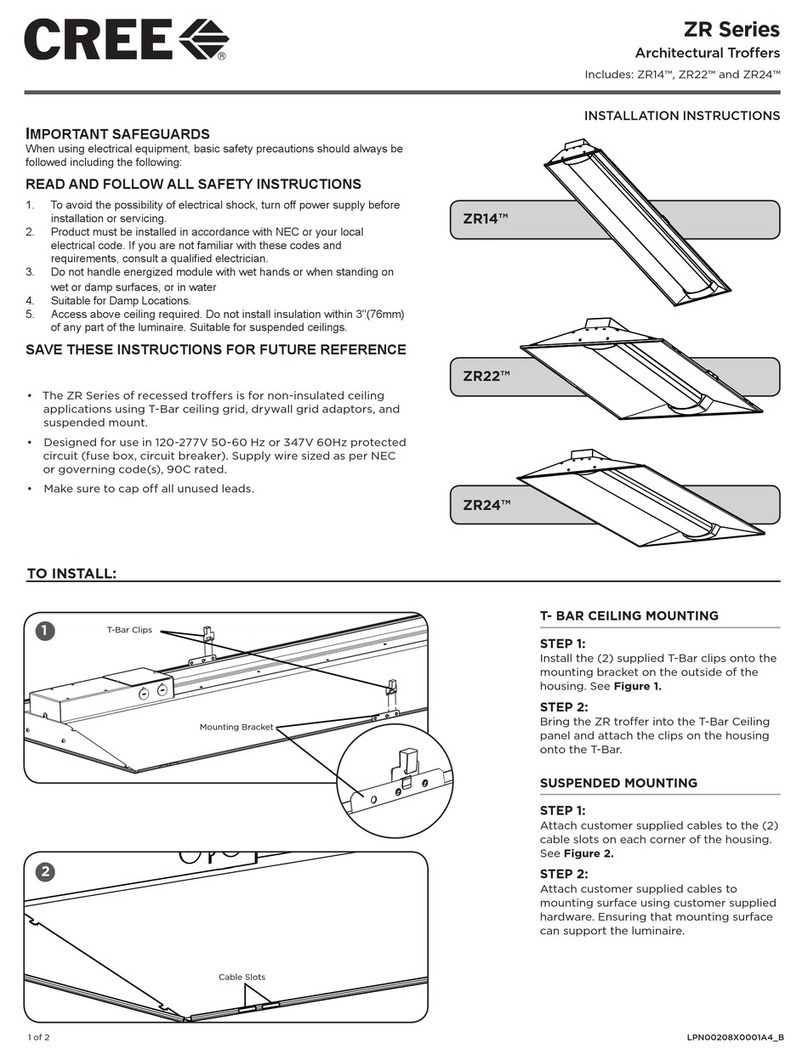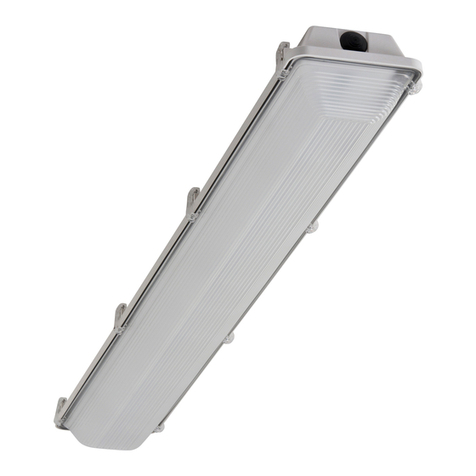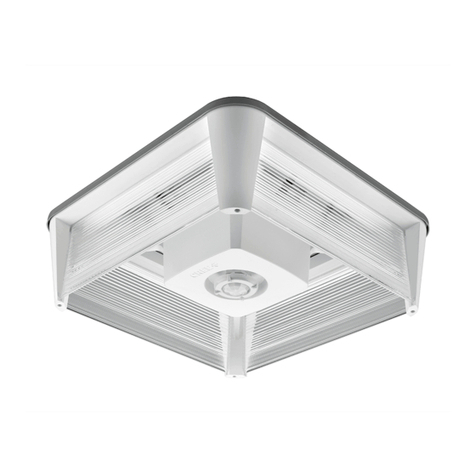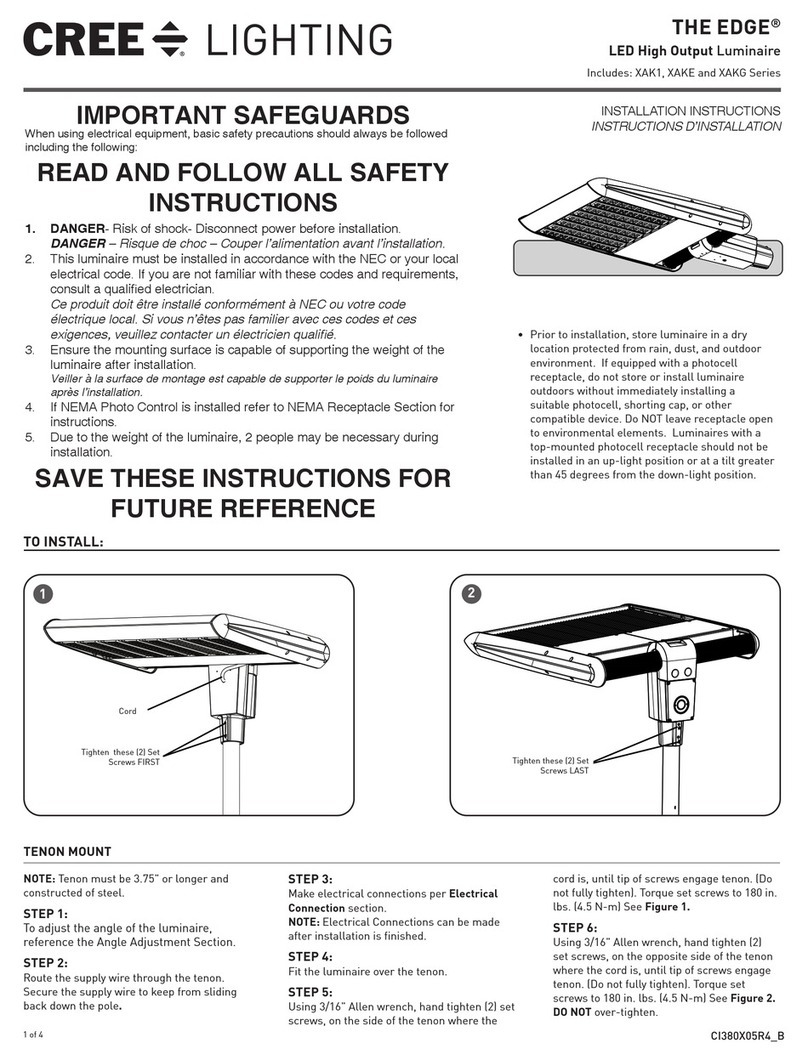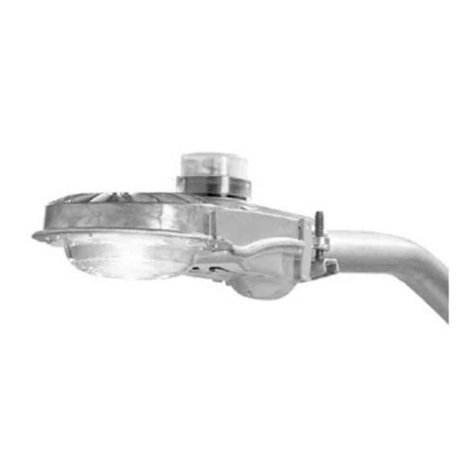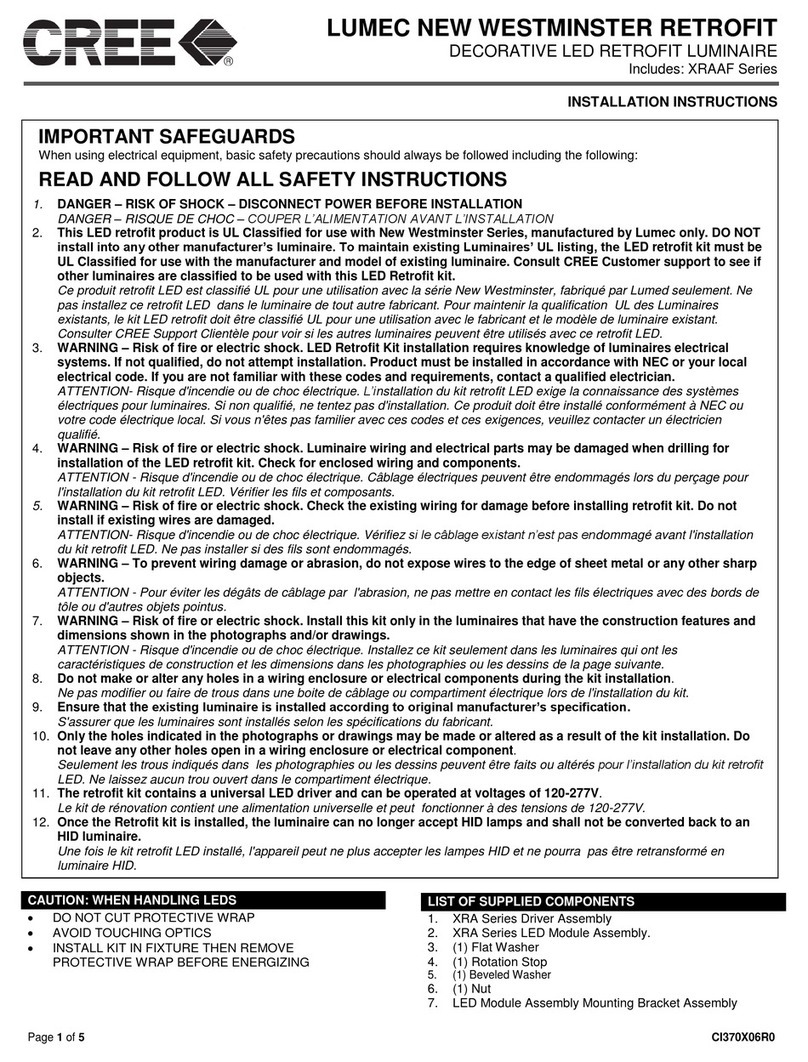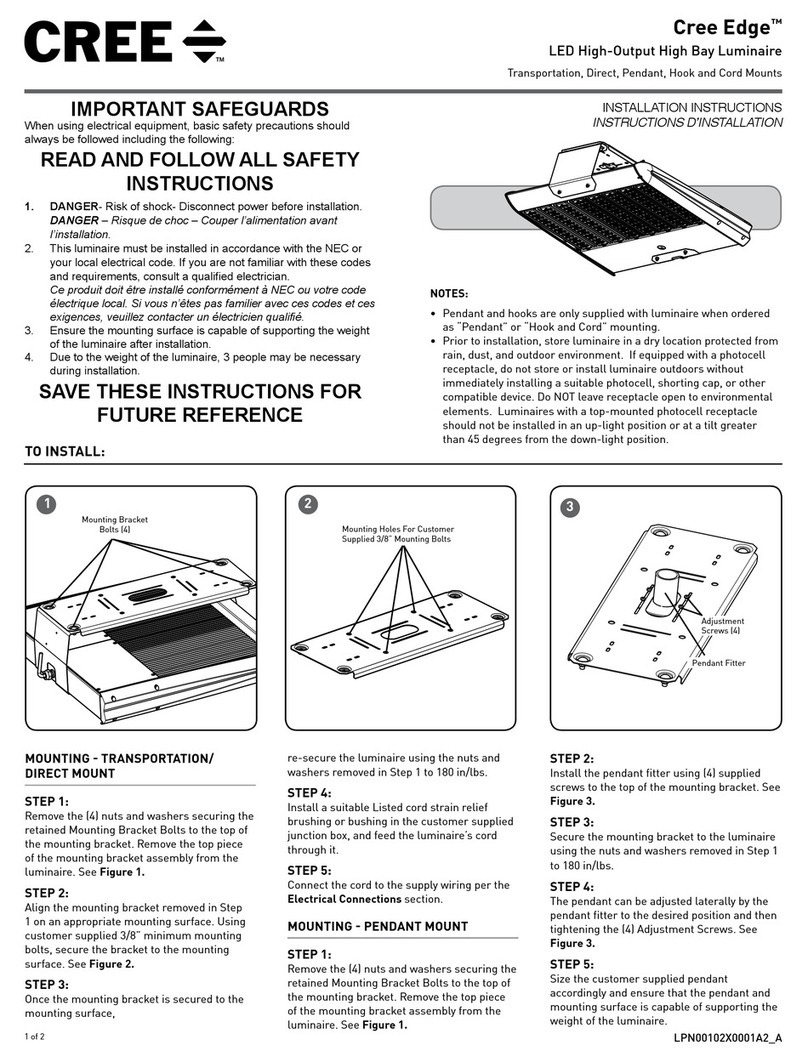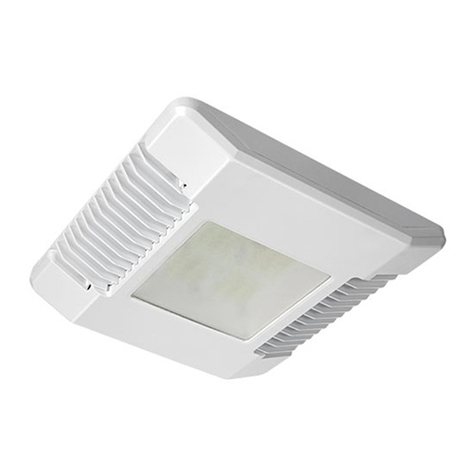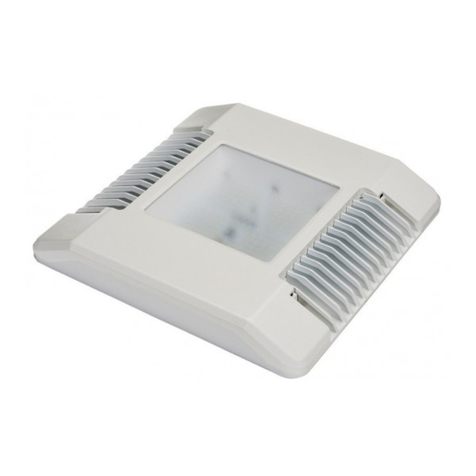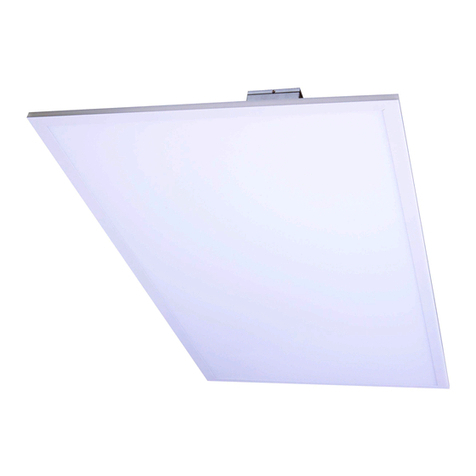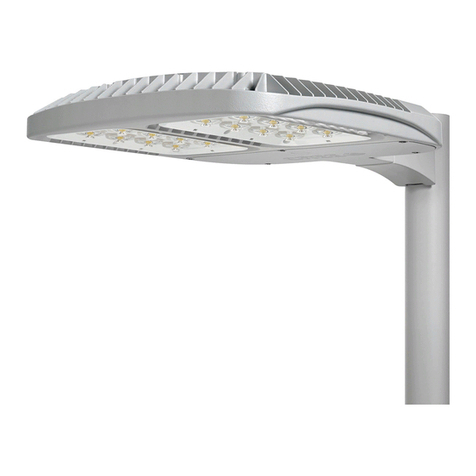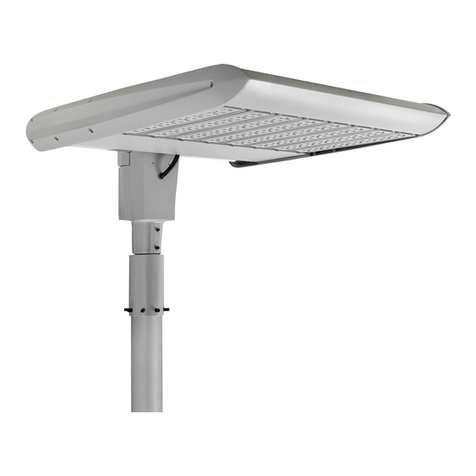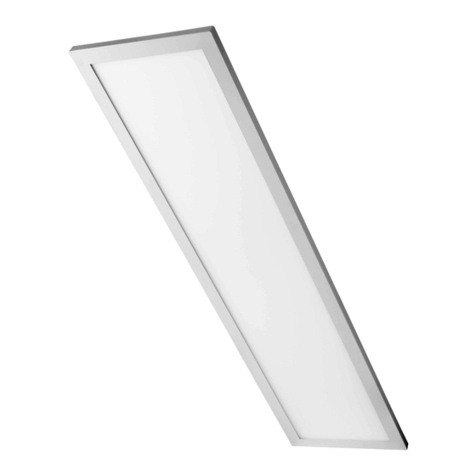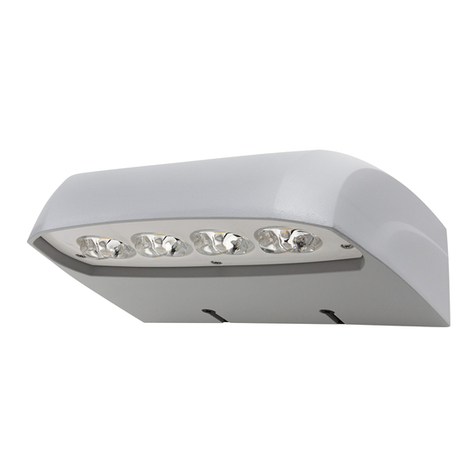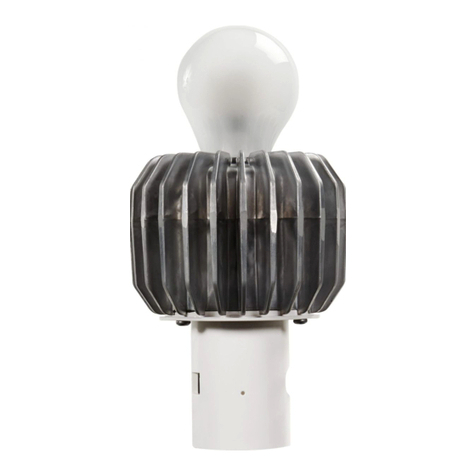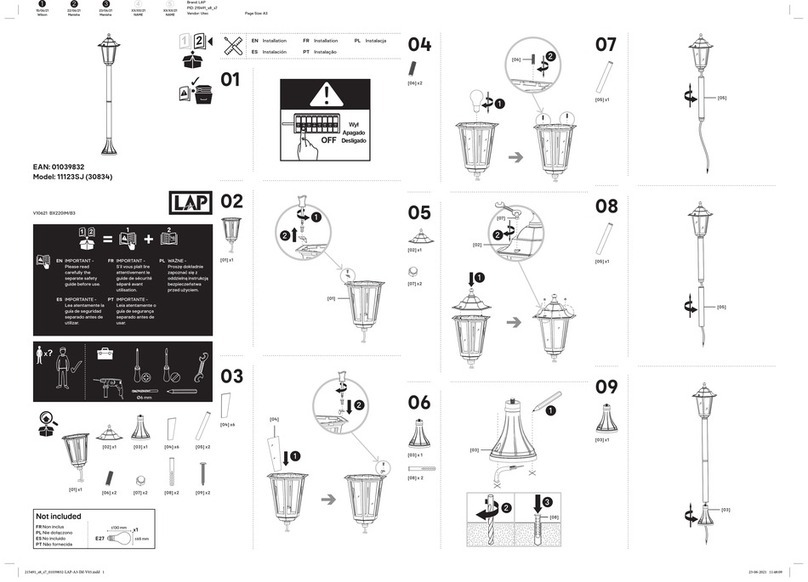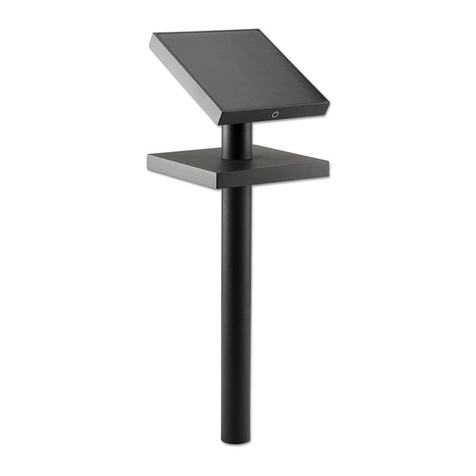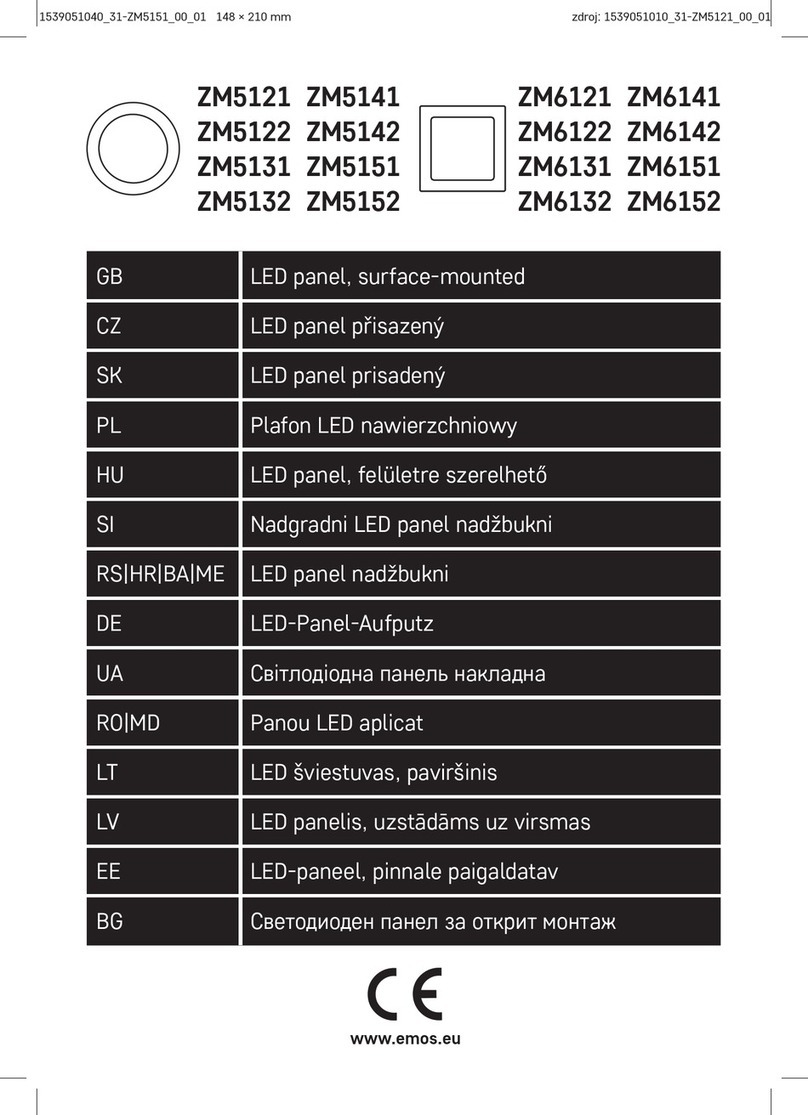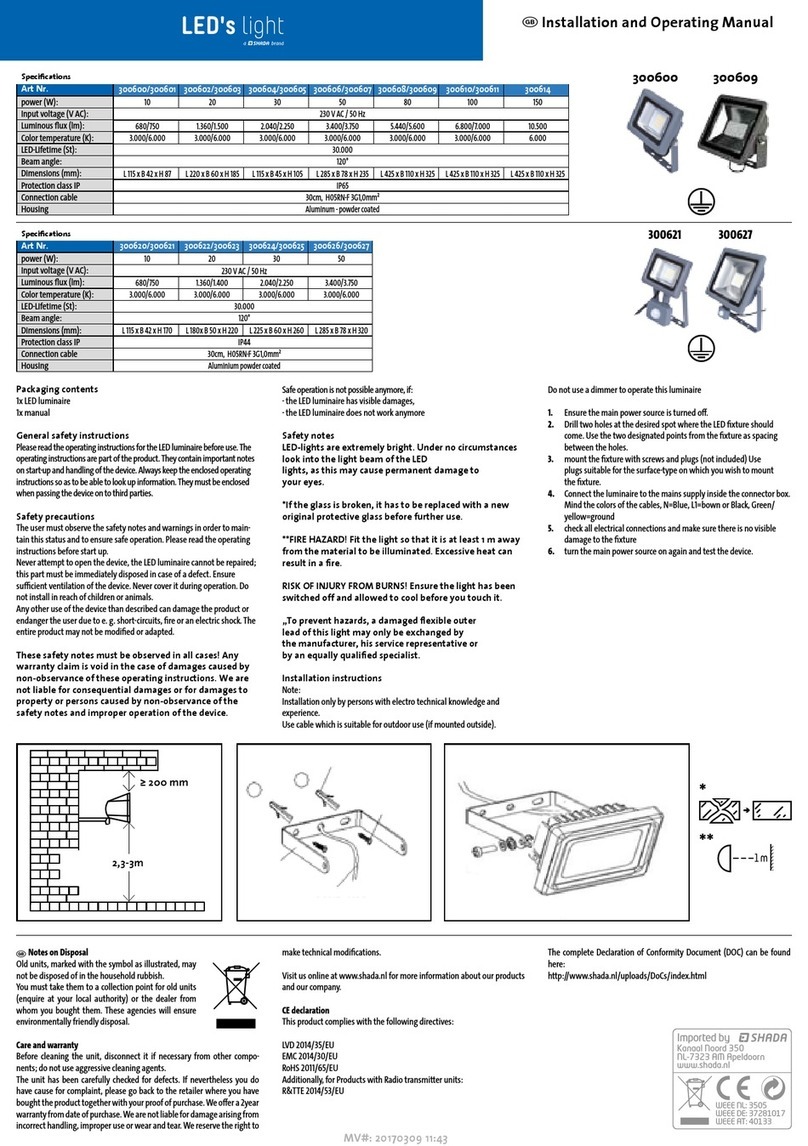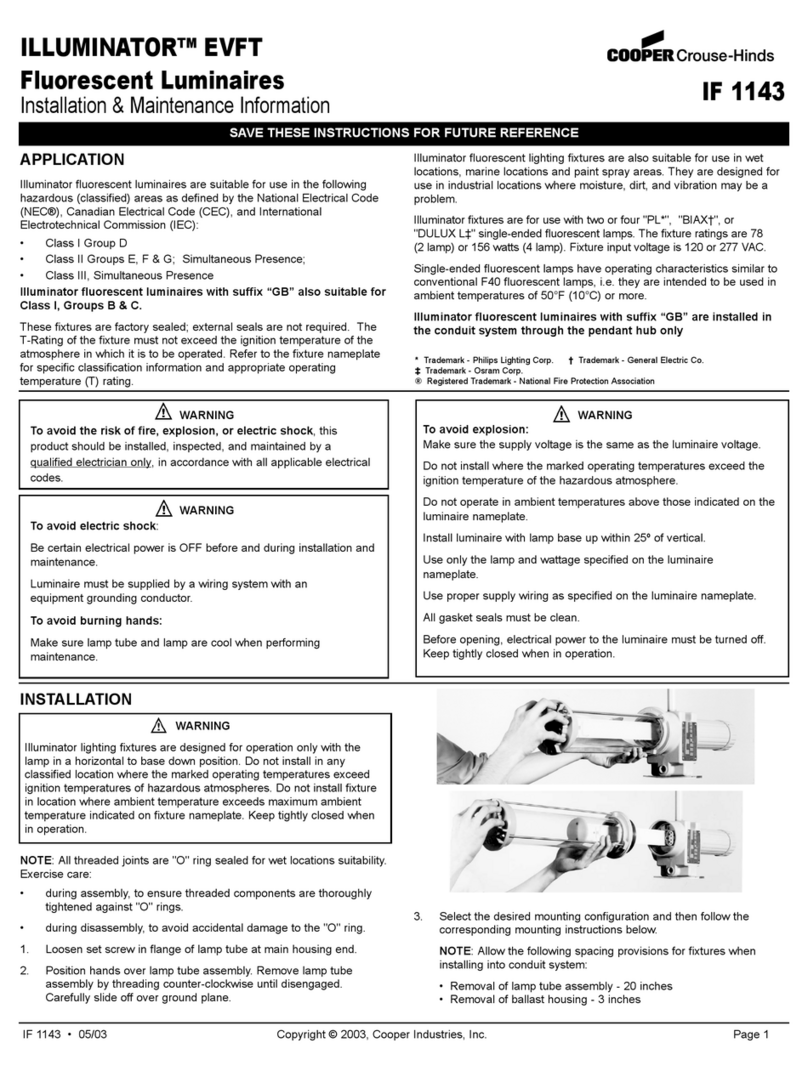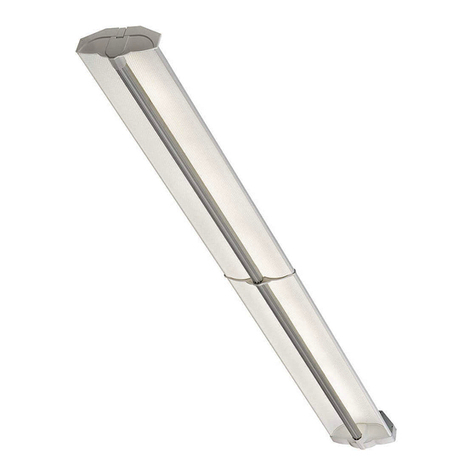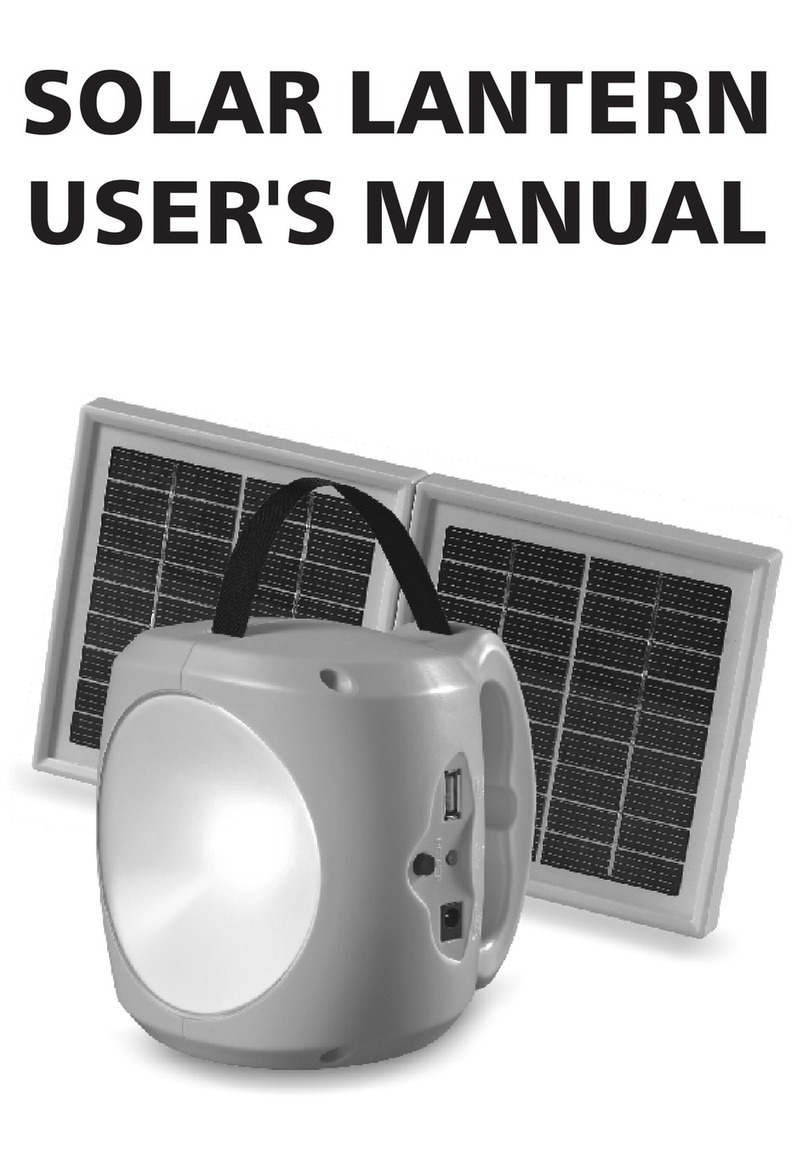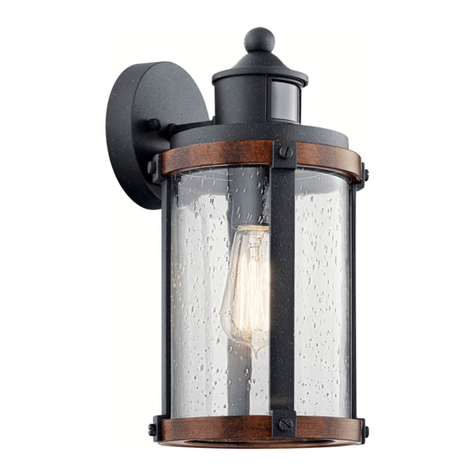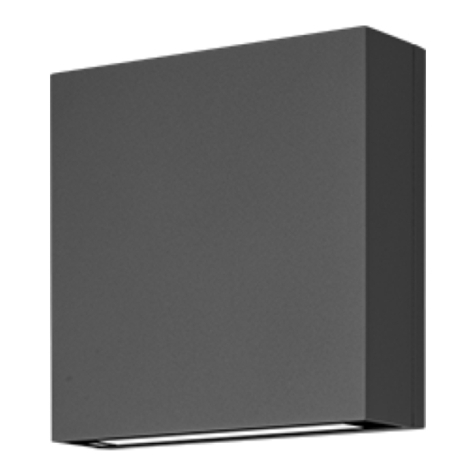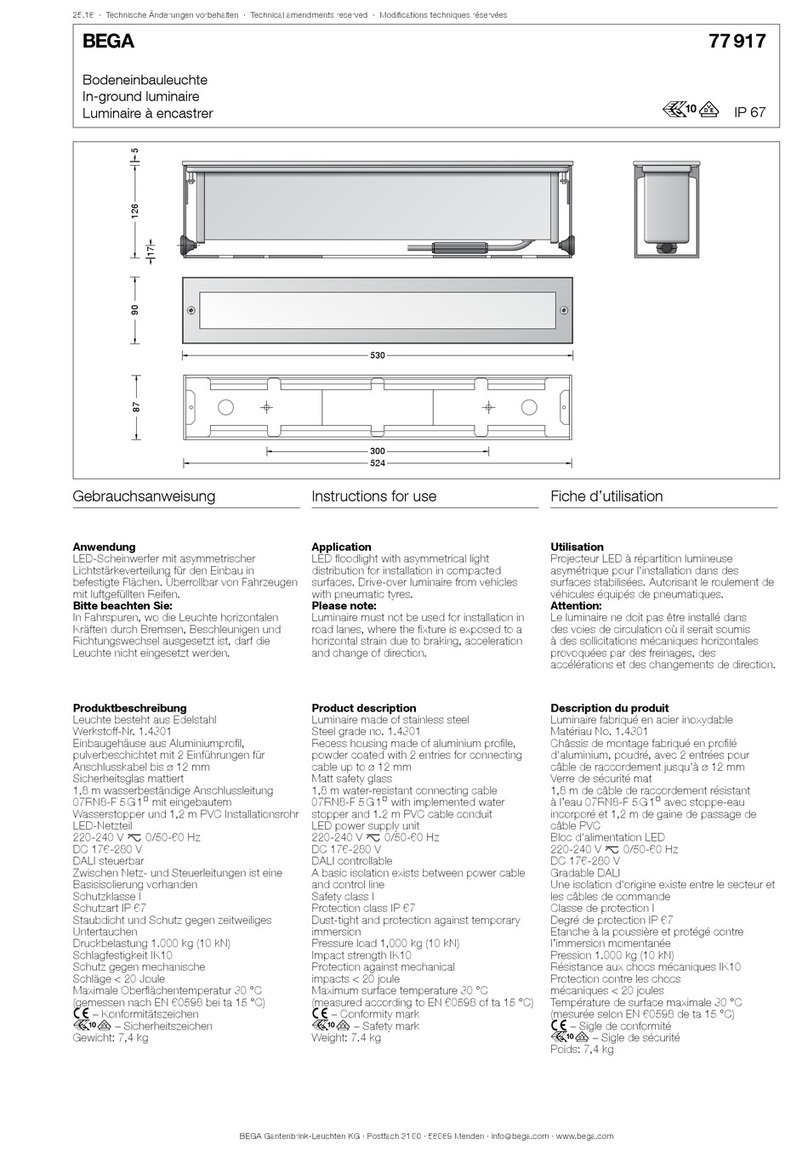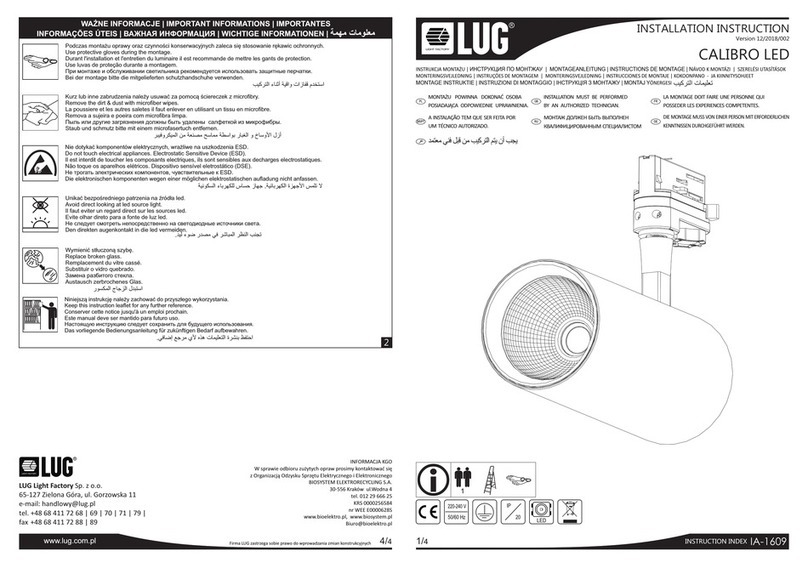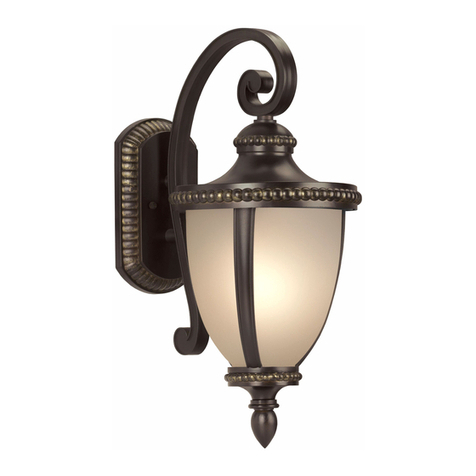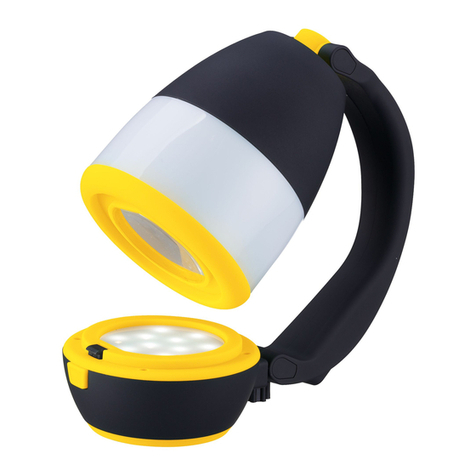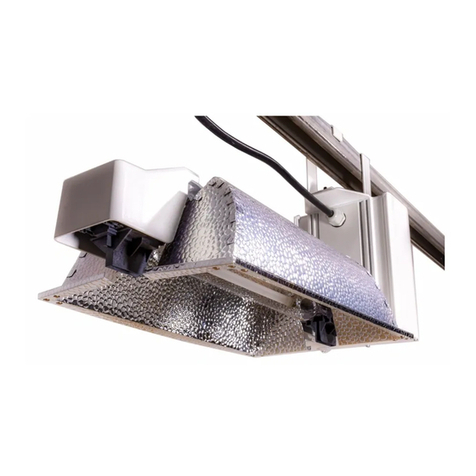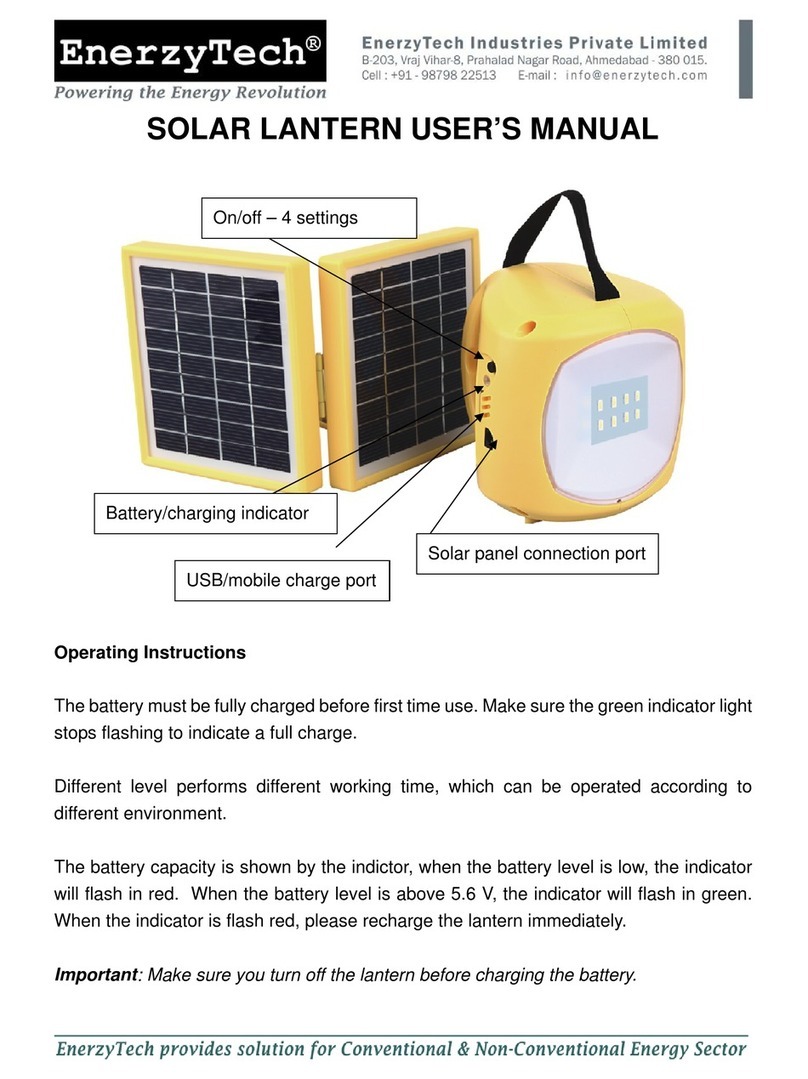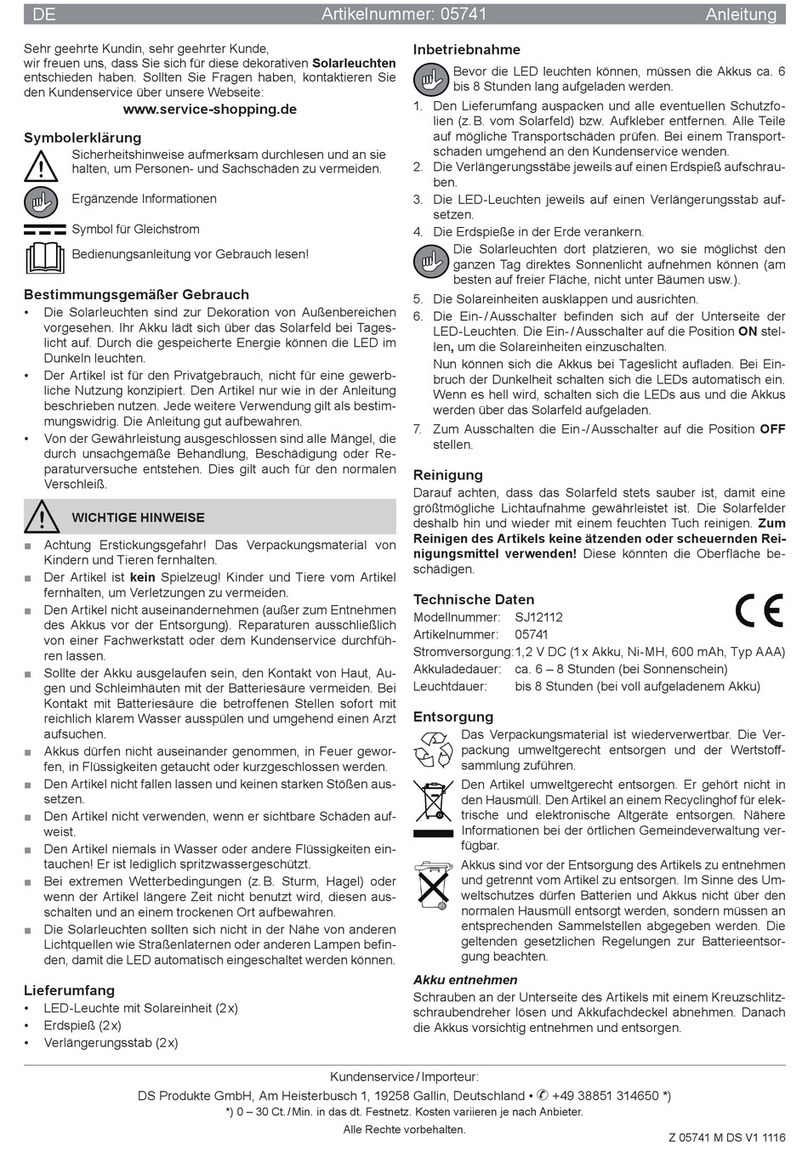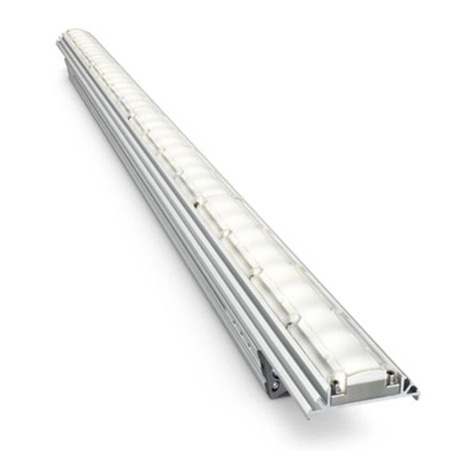
4 of 4 LPN00611X0001A1_C
lighting.cree.com
© 2018 Cree, Inc. All rights reserved. For informational purposes only. Content is subject to change.
See http://lighting.cree.com/warranty for warranty and specifications. Cree®and the Cree Logo are registered trademarks, and
FLX14™, FLX22™ and FLX24™ are trademarks of Cree, Inc. Armstrong®is a registered trademark of AWI Licensing LLC.
ELECTRICAL CONNECTIONS
NOTE: The emergency driver must be fed from
the same branch as the AC Driver.
STEP 1:
Remove the cover of the junction box and bring in appropriate
power supply to the junction box using one of the knock-outs.
See Figure 3.
STEP 2:
Using customer supplied 90°C minimum rated wire
connectors, make the following electrical connections:
a. Connect the black luminaire lead to the
unswitched voltage supply lead.
b. Connect the white luminaire lead
to the neutral supply lead.
c. Connect ground wire lead to the supply ground lead.
STEP 3:
Locate the two red leads in the junction box and connect them.
STEP 4:
Push all leads into the junction box. Reattach junction box
cover that was removed in Step 1 , make sure no wires are
pinched.
NEUTRAL
SUPPLY WIRING
LUMINAIRE
GROUND
UNSWITCHED HOT
BLACK
** NOTE: DO NOT mate leads until installation
is complete and AC power is supplied
**RED
**RED
EMERGENCY DRIVER CHECK
NOTE: For short-term testing of the
emergency function, the battery must be
charged for at least one hour. The emergency
driver must be charged for at least 24 hours
before conducting a long-term test.
STEP 1:
When AC power is applied, the charging
indicator light is illuminated, indicating the
battery is being charged. When power fails,
the emergency driver automatically switches
to emergency power, operating the LED array.
When AC power is restored, the emergency
driver returns to the charging mode.
STEP 2:
Although no routine maintenance is required
to keep the emergency driver functional, it
should be checked periodically to ensure
that it is working. The following schedule is
recommended:
• Visually inspect the charging indicator
light monthly. It should be illuminated.
• Test the emergency operation of
the fixture at 30-day intervals for a
minimum of 30 seconds. When the test
switch is depressed, the LED array
should operate.
• Conduct a 90-minute discharge test
once a year. The LED array should
operate for at least 90 minutes.
If the luminaire fails any of these checks,
consult service personnel.
REFER ANY SERVICING INDICATED BY
THESE CHECKS TO QUALIFIED PERSONNEL
EMERGENCY DRIVER AND AC DRIVER MUST
BE FED FROM THE SAME BRANCH CIRCUIT.
FCC NOTICE
CAUTION: Changes or modifications not
expressly approved could void your authority
to use this equipment.
This device complies with part 15 of the FCC
Rules. Operation is subject to the following
two conditions: (1) This device may not cause
harmful interference, and (2) this device must
accept any interference received, including
interference that may cause undesired
operation.
This equipment has been tested and found
to comply with the limits for a Class A
digital device, pursuant to part 15 of the FCC
Rules. These limits are designed to provide
reasonable protection against harmful
interference when the equipment is operated
in a commercial environment. This equipment
generates, uses, and can radiate radio
frequency energy and, if not installed and used
in accordance with the instruction manual,
may cause harmful interference to radio
communications. Operation of this equipment
in a residential area is likely to cause harmful
interference in which case the user will be
required to correct the interference at his own
expense.
CAN ICES-005 (A)/NMB-005 (A)
Le présent appareil est conforme aux CNR
d’Industrie Canada applicables aux appareils
radio exempts de licence. L’exploitation est
autorisée aux deux conditions suivantes : (1)
l’appareil ne doit pas produire de brouillage, et
(2) l’utilisateur de l’appareil doit accepter tout
brouillage radioélectrique subi, même si le
brouillage est susceptible d’en compromettre
le fonctionnement.
